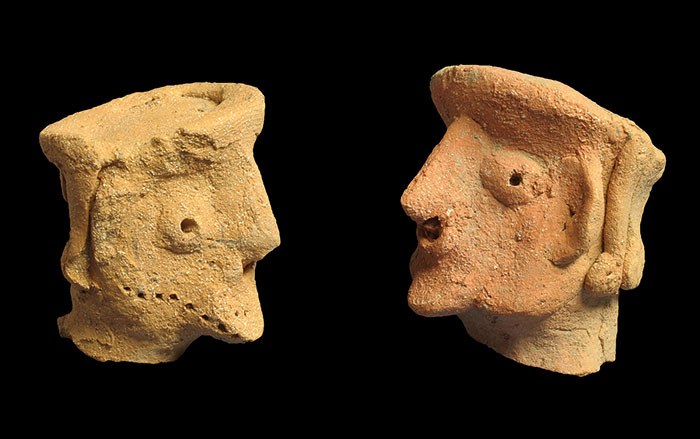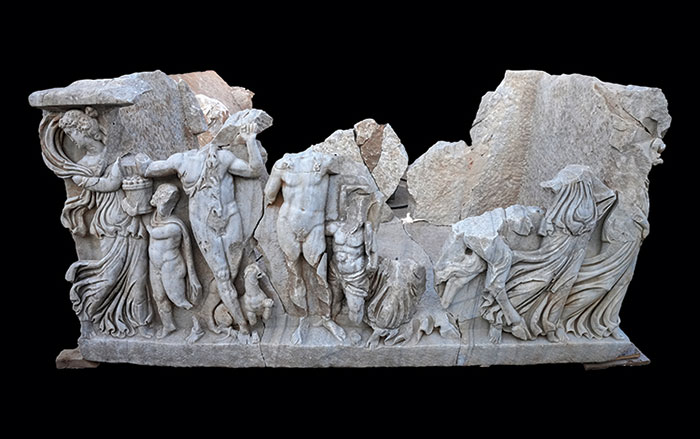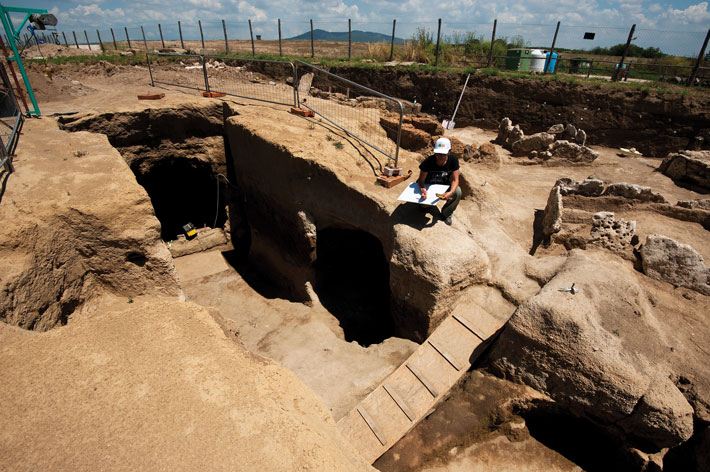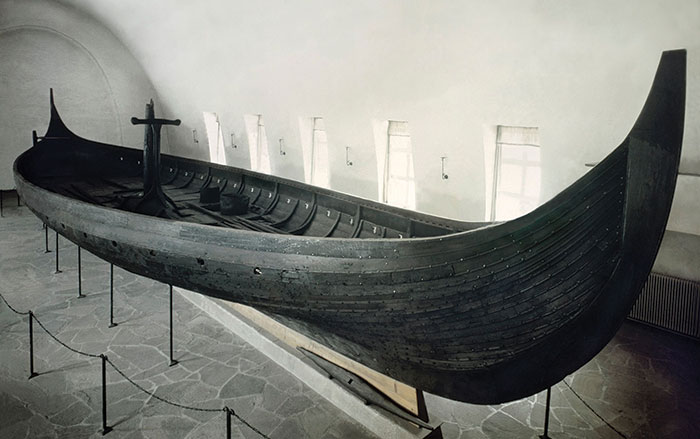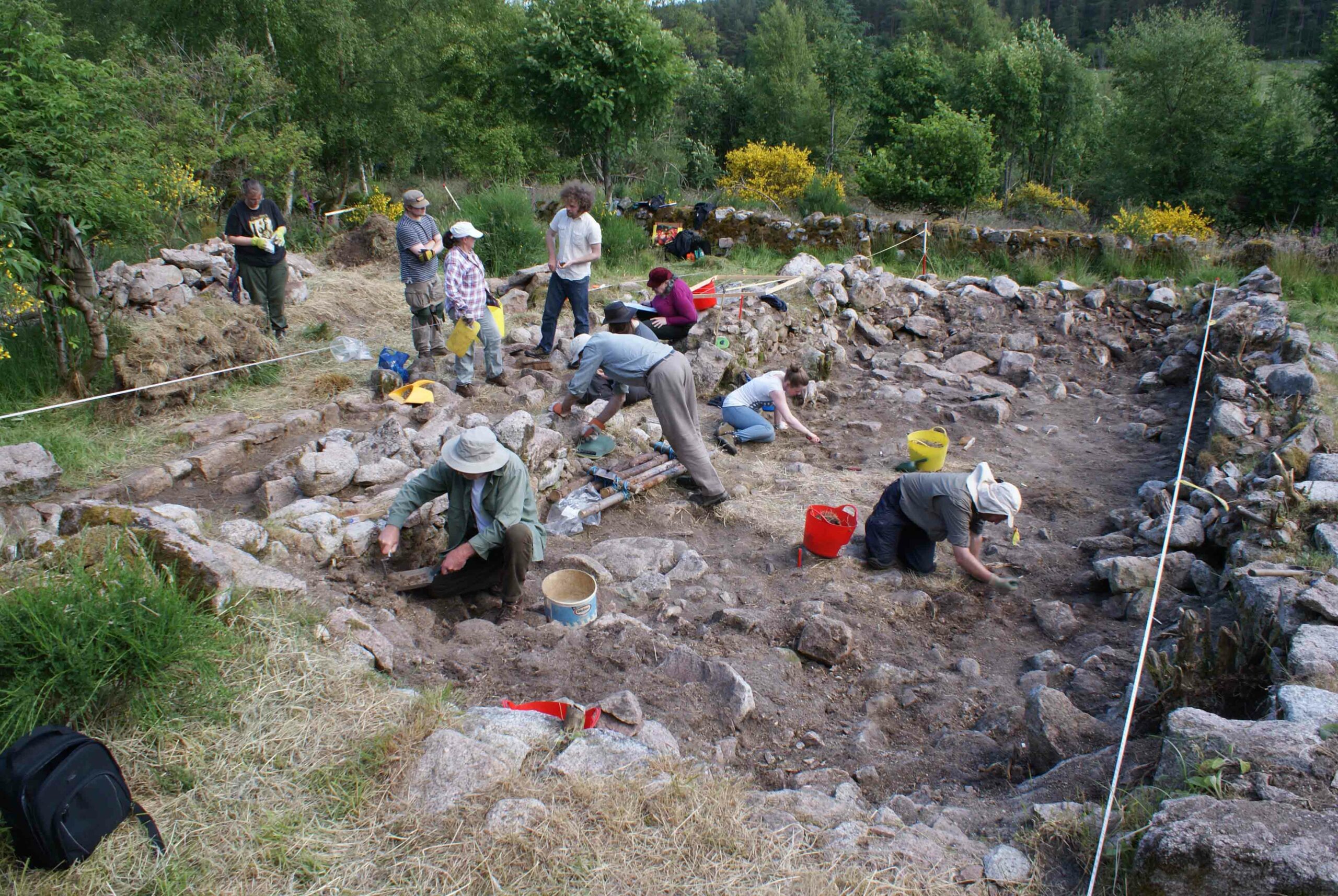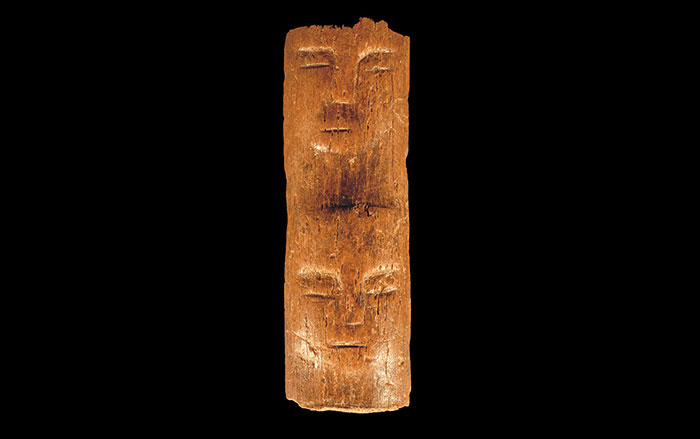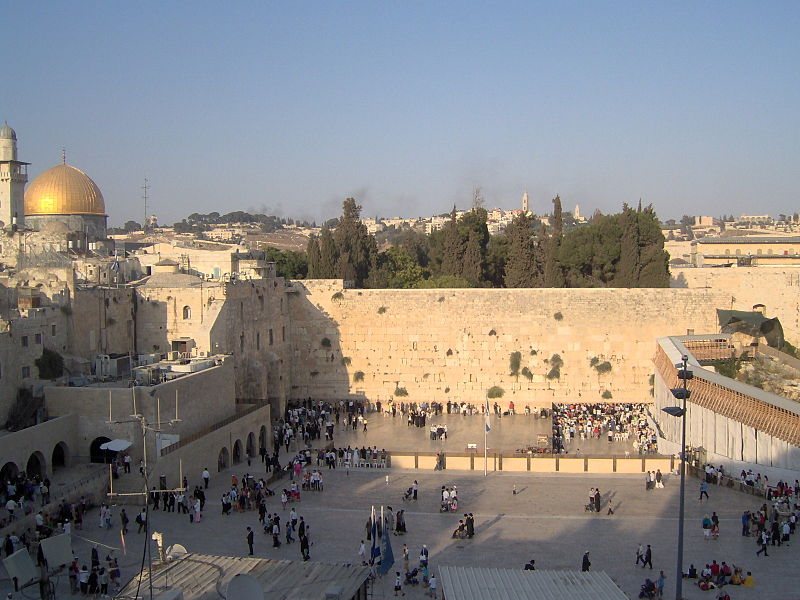
JERUSALEM, ISRAEL—According to the Hebrew University of Jerusalem, geologists investigating the Western Wall have revealed that they think they know why some parts of the structure are eroding faster than others, a major concern for the wall’s long-term stability. By using lasers to scan the wall to create a 3-D model, they discovered that the wall is made of different kinds of limestone with different erosion patterns. They then collected stones from quarries thought to have supplied at least some of the ancient building material, and subjected it to tests intended to simulate the effect of erosion over the past 2,000 years since the wall was built. The team learned that while limestone with large crystals were more resistant to erosion, that made up of smaller crystals eroded much more quickly. The scientists’ results could have important lessons for the conservation of Western Wall, as well as ancient structures around the globe, says lead researcher Simon Emanuel.




